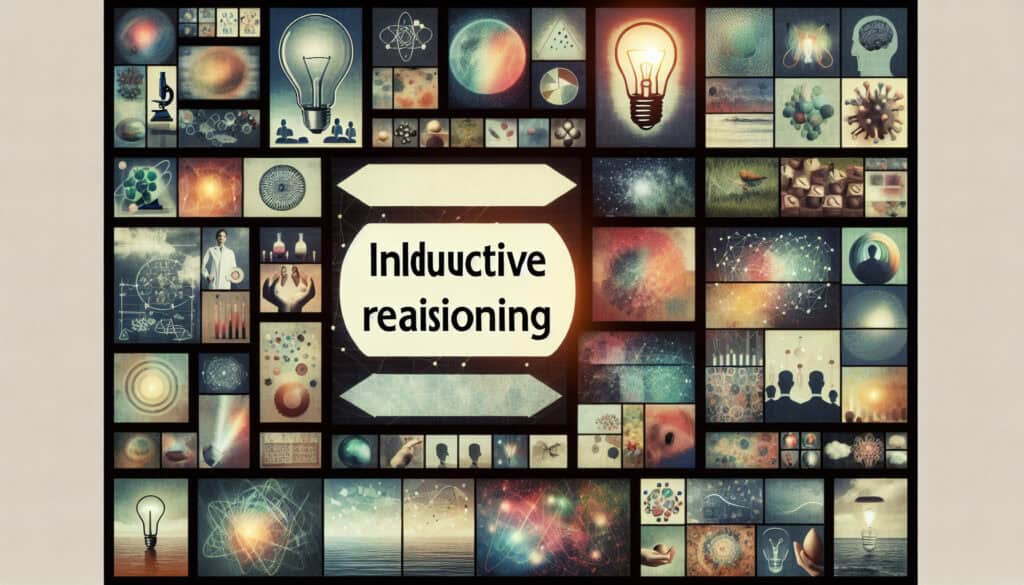To draw general conclusions from specific observations.
- 方法: 客户与营销, 构思, 产品设计
归纳推理

归纳推理
- 敏捷方法论, 设计思维, 创新, 解决问题的技巧, 质量控制, 质量管理, 研究与开发, 统计分析, 统计过程控制 (SPC)
目标
如何使用
- A logical process in which multiple premises, all believed true or found true most of the time, are combined to obtain a specific conclusion. It is often used in research and problem-solving to develop hypotheses and theories.
优点
- Allows for the development of new theories and hypotheses; Can be a powerful tool for discovery.
缺点
- Conclusions are probabilistic and may not be certain; Can be prone to bias and error.
类别
- 构思, 解决问题
最适合:
- Developing new hypotheses and theories in scientific research and problem-solving.
Inductive reasoning is often applied during the early phases of product design and innovation within industries such as technology, pharmaceuticals, and consumer goods. For instance, product development teams may analyze user feedback, market trends, and existing solutions to draw patterns that inform the design of new features or products. In research contexts, scientists utilize inductive reasoning when they collect experimental data, looking for trends that could lead to new hypotheses, such as discovering a new drug compound based on observed effects of related chemicals. Initiatives that require the collaboration of cross-functional teams, including designers, engineers, and marketers, benefit from this methodology as it stimulates creative brainstorming and encourages diverse viewpoints. Participants in this process may include researchers, product managers, and end-users, whose experiences contribute valuable knowledge to shape hypotheses. The iterative nature of this reasoning allows teams to refine ideas through ongoing testing and feedback, ensuring alignment with user needs and market demands. As they synthesize collective observations into actionable insights, the teams enhance the potential for groundbreaking innovations, driving forward both scientific knowledge and practical applications.
该方法的关键步骤
- Identify trends or patterns in collected observations.
- Generate hypotheses based on these observed patterns.
- Draw specific conclusions from the generated hypotheses.
- Test the conclusions through systematic experimentation.
- Refine or revise hypotheses based on testing outcomes.
- Integrate revised hypotheses into broader theoretical frameworks.
专业提示
- Utilize case studies to identify patterns and derive potential correlations in user behavior or product performance.
- Incorporate qualitative data from interviews and surveys to enrich inductive reasoning, enhancing the depth of hypothesis formation.
- Iterate hypotheses based on feedback loops from testing phases, allowing for continuous refinement of theories derived from observations.
历史背景
1687
1687
1750
1788
1800
1800
1800
1678
1687
1738
1757
1788
1800
1800
1800
(如果日期不详或不相关,例如 "流体力学",则对其显著出现的时间作了四舍五入的估计)。















相关文章
肌肉骨骼不适调查表
多变量测试(MVT)
多元回归分析
动作捕捉系统
MoSCoW 方法
情绪中值测试